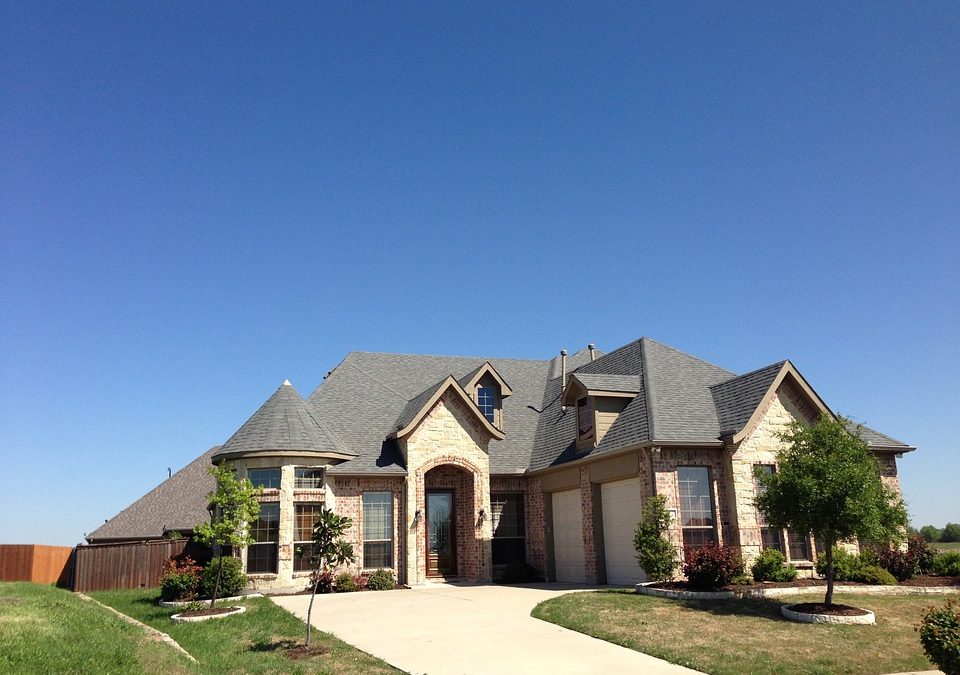Buying a home is a dream for many people living in America today. Renting a home is like throwing away money every month. It helps the owner of that home build up equity without helping the renter. The problem is that many people do not have the funds in their bank accounts or budgets to gather up enough cash for a down payment. As lenders often ask for a down payment equal to 10% of the home’s total purchase price, it’s easy to see why so many middle class people keep renting. Some are smart enough to know how to put money back to buy a house though.
Compare Mortgage Rates
According to Freddie Mac, mortgage interest rates dropped for the first time in months at the beginning of 2017. Freddie Mac found that these rates dropped to 3.44% on 15-year fixed rate mortgages and to 4.20% on 30-year fixed rate mortgages. These figures represent the interest charged on home loans taken out this year alone. Comparing mortgage rates is a smart way for prospective home buyers to see the rates charged by different lenders and to see which lenders will give them the best rates to help them better afford their dream homes.
Look at Mortgage Types
Smart home buyers will compare and contrast different loan types to determine which one will help them spend less money on a loan. A fixed rate mortgage is a home loan that comes with one interest rate that never changes over the course of the loan. An adjustable rate mortgage is fairly different because the interest rate on that loan changes as the market changes. Bank Rate also describes an interest only jumbo loan, which allows a buyer to pay only on the interest on the loan for up to 10 years before making payments on the loan’s principal.
Think Outside the Box
Thinking outside the box can help almost anyone find a solid home without spending a lot of money and without saving for years. The U.S. Department of Housing and Urban Development, also known as HUD, offers residential properties for sale, including single family homes and buildings that can accommodate up to four families. Though anyone can purchase one of these homes with proper financing in place, HUD explains that homes will typically go to those willing to live in the home first before the department will offer those homes to investors. The Federal Housing Administration can also assist American citizens with housing purchases. It even has a program designed to help community workers purchase homes.
Create a Savings Account
One of the best ways to save for a new home is with a dedicated savings account. Many financial institutions now offer a round up plan. When an individual uses his or her debit card to make a purchase, the bank will round up to the next dollar and put that extra cash in the individual’s savings account. If a purchase cost $8.19, the bank will put $.81 cents in the account. Some will find it helpful to save any dollars they get back from making cash purchases and deposit those bills in their savings accounts later.
Save On Other Purchases
Comparison shopping helps customers find the best prices on the products and services that they need. Whether they save money on car insurance after retirement, landscaping or even new glasses, they have more money they can put back towards a down payment. Comparison sites allow shoppers to enter the product they want and view how much that item costs on multiple websites, including any shipping or handling fees charged by the site. Even saving a few dollars on groceries is a few dollars more towards a dream house. Smart home buyers know that saving and putting back cash and looking at mortgages and rates can help them buy the perfect home.


